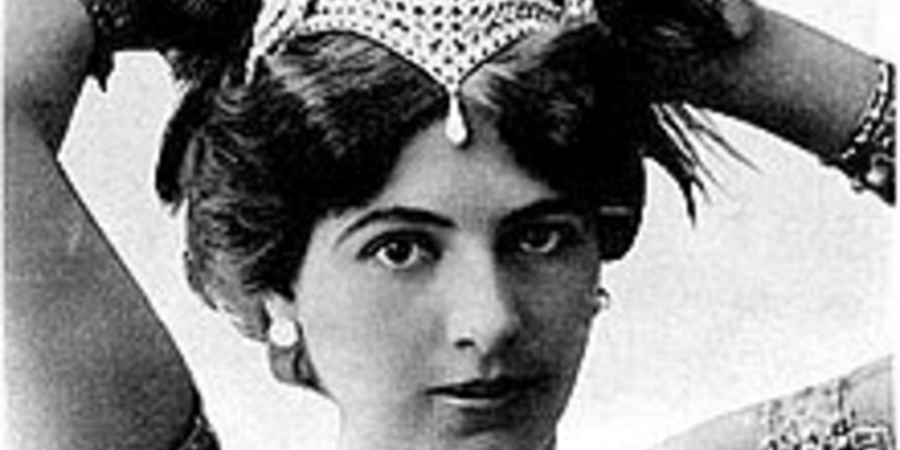Mata Hari: The Enigmatic Spy Of World War I
Mata Hari, a name synonymous with intrigue, seduction, and espionage, remains one of the most fascinating figures of the 20th century. Known for her exotic dancing and alleged role as a double agent during World War I, Mata Hari’s life is shrouded in mystery and controversy. Here’s a closer look at the story of this enigmatic woman.
Early Life
Mata Hari was born Margaretha Geertruida Zelle on August 7, 1876, in Leeuwarden, Netherlands.
- Childhood: Margaretha grew up in a relatively privileged household but faced hardship after her father’s bankruptcy and her mother’s death.
- Marriage: At 18, she married Rudolf MacLeod, a Dutch colonial officer, and moved to the Dutch East Indies (modern-day Indonesia).
- The marriage was tumultuous, marked by infidelity and abuse.
- After their separation, Margaretha lost custody of her surviving child, leading her to seek a new life.
Rise as Mata Hari
Margaretha reinvented herself as Mata Hari, a name meaning "Eye of the Day" in Malay, and emerged as an exotic dancer in Paris in 1905.
- Cultural Fascination: Her performances, inspired by Javanese traditions, captivated European audiences, even though they were more theatrical than authentic.
- Sensational Persona: Mata Hari presented herself as a mysterious and exotic figure, which added to her allure in high society.
- Romantic Affairs: Her charm and beauty made her a favorite among influential men, including military officers and politicians.
Involvement in Espionage
As World War I erupted, Mata Hari's high-profile lifestyle and connections to powerful men attracted the attention of intelligence agencies.
- Spy Allegations: Both France and Germany recruited her for espionage. It is believed that she worked as a double agent, though the extent of her involvement remains unclear.
- Codenames and Deception: German intelligence identified her as Agent H-21, but records suggest that much of the information she provided was trivial or fabricated.
- French Suspicion: In 1917, French authorities accused Mata Hari of passing secrets to Germany, leading to significant Allied losses.
Arrest and Trial
Mata Hari was arrested in February 1917 by French intelligence. Her trial remains one of the most controversial in espionage history.
- Evidence: The prosecution relied on circumstantial evidence, including intercepted messages and her extravagant lifestyle, to paint her as a dangerous spy.
- Defense: Mata Hari maintained her innocence, claiming she was a scapegoat for the failures of the French military.
- Conviction: She was found guilty of espionage and sentenced to death.
Execution
On October 15, 1917, Mata Hari was executed by a firing squad near Paris.
- Final Moments: Reports suggest she faced her executioners with dignity, refusing a blindfold and blowing them a kiss.
- Legacy of Mystery: Her death cemented her status as a legendary figure, with debates about her guilt persisting to this day.
Mata Hari’s Legacy
- Symbol of Intrigue: Mata Hari’s story has inspired countless books, films, and operas, often romanticizing her as a femme fatale.
- Debated Role: Historians continue to question whether she was truly a skilled spy or merely a victim of circumstances and societal prejudice.
- Cultural Icon: Mata Hari represents the complex interplay of gender, power, and politics in a time of global conflict.


